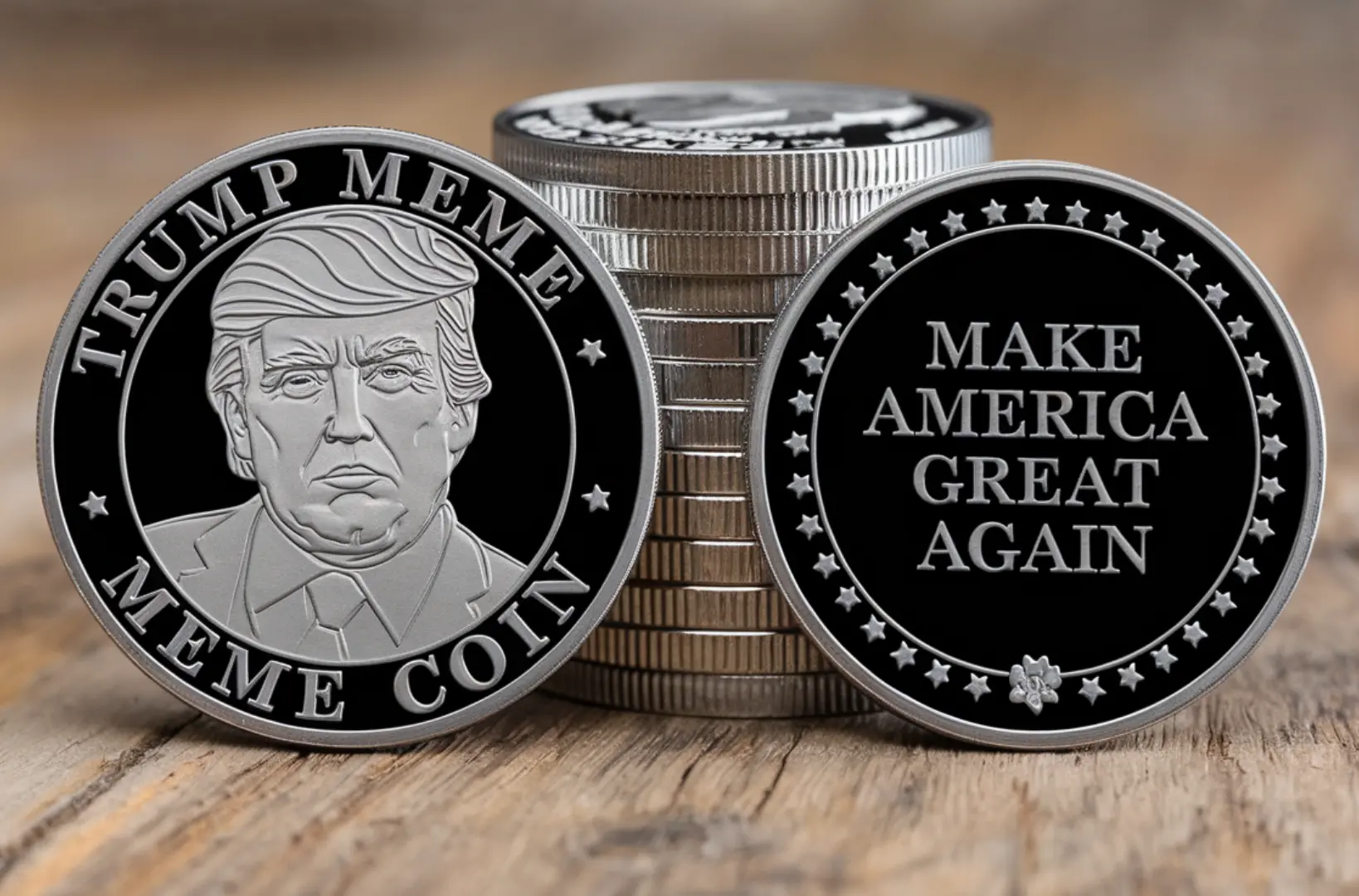The world of cryptocurrency is a whirlwind of innovation, disruption, and, let’s be honest, a fair amount of chaos. From meme coins to DeFi protocols, the digital asset landscape is constantly evolving, often at breakneck speed. Yet, amidst this dizzying dynamism, one corner of the crypto universe is currently commanding significant attention, particularly from regulators and policymakers in the United States: stablecoins.
While the crypto space pulsates with the allure of groundbreaking technologies and decentralized finance, Washington’s gaze is firmly fixed on these seemingly less glamorous digital assets. And this laser focus, while perhaps frustrating to some crypto enthusiasts eager for broader embrace, actually signals a critical and arguably necessary phase in the US approach to crypto ‘leadership’.
Why Stablecoins? The Unsexy Foundation of Crypto’s Future
For the uninitiated, stablecoins are cryptocurrencies designed to maintain a stable value, typically pegged to a fiat currency like the US dollar. Unlike the wild price swings of Bitcoin or Ethereum, stablecoins aim for predictability, making them potentially useful for everyday transactions, remittances, and as a less volatile entry point into the crypto ecosystem.
This stability is precisely what has caught the attention of US regulators. While the promise of decentralized finance and transformative technologies is exciting, policymakers are primarily concerned with:
- Systemic Risk: Unregulated stablecoins, especially those with opaque reserves or algorithmic mechanisms, pose potential systemic risks to the financial system. A large-scale stablecoin collapse could ripple through markets, impacting both crypto and traditional finance. Think of it as the 2008 financial crisis playbook, but potentially playing out in the digital realm.
- Consumer Protection: If stablecoins become widely adopted for payments or savings, ensuring consumer protection is paramount. Users need assurance that their stablecoins are truly stable and backed by reliable reserves. Failures could erode trust in the entire crypto space.
- Money Laundering and Illicit Finance: The ease and speed of stablecoin transactions make them attractive for illicit activities. Regulators are keen to prevent stablecoins from becoming a preferred tool for money laundering, terrorism financing, or sanctions evasion.
- Monetary Policy Implications: Widespread adoption of privately issued stablecoins could potentially impact monetary policy and the role of central bank currencies. This is a complex area, but policymakers are understandably cautious about ceding control over monetary sovereignty.
The US Approach: Measured Steps, Not Leaps of Faith
The US isn’t ignoring the broader crypto landscape. Agencies like the SEC are actively engaging with crypto projects, and there’s ongoing debate about the classification of different digital assets. However, the priority is clearly on establishing a robust regulatory framework for stablecoins first.
This approach, while perhaps perceived as slow by some, demonstrates a pragmatic and arguably responsible form of ‘leadership’. Instead of rushing into full-scale crypto adoption without guardrails, the US seems to be prioritizing:
- Building a Solid Foundation: By focusing on stablecoins, the US is tackling the most immediate and potentially risky aspects of crypto first. Establishing clear rules for stablecoin issuers and ensuring their stability creates a more secure foundation upon which the rest of the crypto ecosystem can potentially build.
- Balancing Innovation with Regulation: The US approach isn’t about stifling crypto innovation. It’s about fostering responsible innovation. By addressing the risks associated with stablecoins proactively, the US aims to create a regulatory environment that encourages growth while mitigating potential harms.
- Setting a Global Standard: As the world’s largest economy and issuer of the reserve currency (the US dollar), the US approach to stablecoins is likely to have a significant global influence. By establishing clear and effective regulations, the US can potentially set a standard for other countries to follow, promoting greater international consistency and reducing regulatory arbitrage.
The Road Ahead: Stablecoins as a Gateway to Broader Crypto Acceptance?
While the current US focus on stablecoins might seem narrow, it could actually be a crucial stepping stone towards broader crypto acceptance. By effectively regulating stablecoins and addressing the key risks they pose, the US can:
- Increase Confidence in the Crypto Space: A well-regulated stablecoin market can build trust and confidence in digital assets overall. This increased trust could pave the way for wider adoption of other cryptocurrencies and blockchain technologies.
- Create Clarity for Innovation: Clear regulations for stablecoins can provide much-needed clarity for businesses operating in the crypto space. This clarity can encourage further innovation and investment by reducing regulatory uncertainty.
- Integrate Crypto into the Existing Financial System: Stablecoins, by acting as a bridge between fiat and crypto, could be instrumental in integrating digital assets into the existing financial system in a more controlled and regulated manner.
In Conclusion: Patience and Pragmatism in Crypto Leadership
The US focus on stablecoins might not be the most glamorous aspect of crypto ‘leadership’. It’s not about pushing the boundaries of DeFi or celebrating the latest meme coin craze. Instead, it’s about taking a measured and pragmatic approach, prioritizing stability, consumer protection, and systemic risk mitigation.
This focus is not a sign of fear or rejection of crypto, but rather a demonstration of responsible leadership. By building a solid foundation with stablecoins, the US can potentially pave the way for a more robust, secure, and ultimately, more widely adopted crypto future. It might not be the fast-paced, revolutionary change some crypto enthusiasts envision, but it could be the sustainable and responsible path forward. And in the long run, that might be the most valuable form of leadership of all.
Suggested Reads:
Adobe’s Firefly AI Video Generator Rivals OpenAI’s Sora
Galaxy S25 vs. iPhone 16 – Which Compact Flagship is Best?
Apple Raises Concerns Over First Porn App on iPhone Under EU Rules

Burhan Ahmad is a Senior Content Editor at Technado, with a strong focus on tech, software development, cybersecurity, and digital marketing. He has previously contributed to leading digital platforms, delivering insightful content in these areas.








